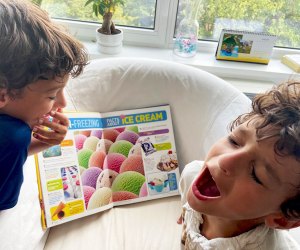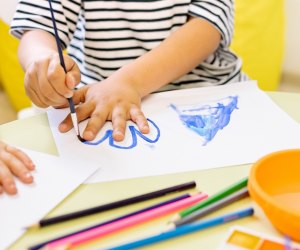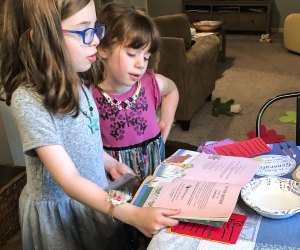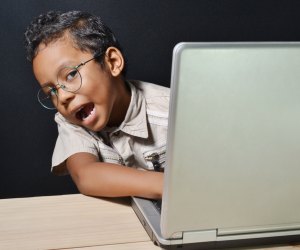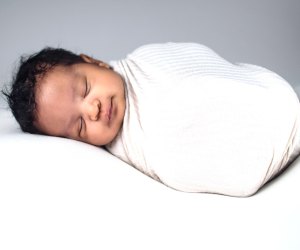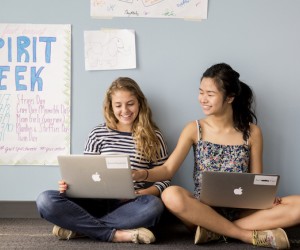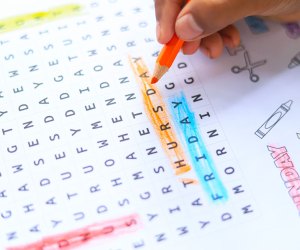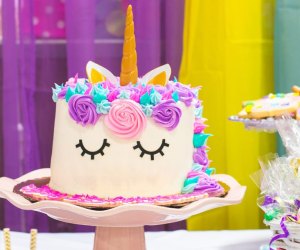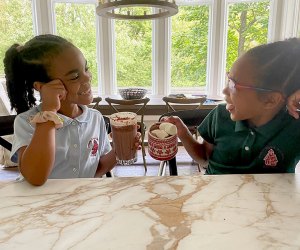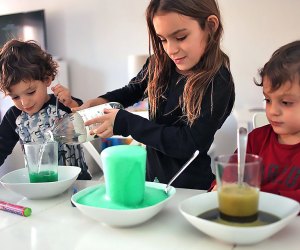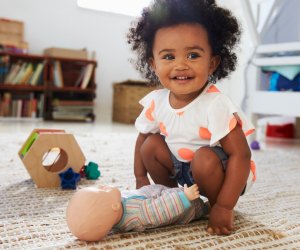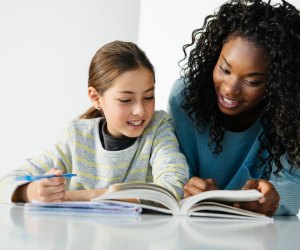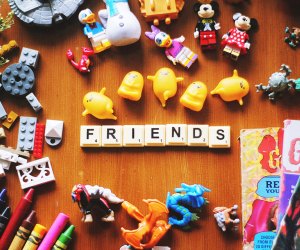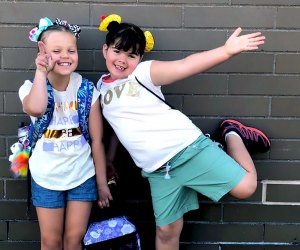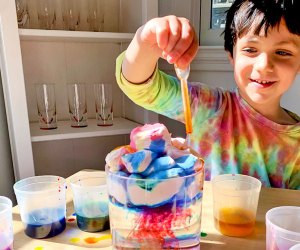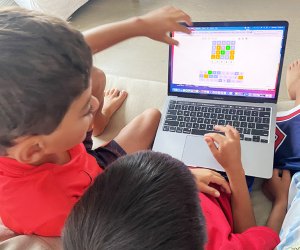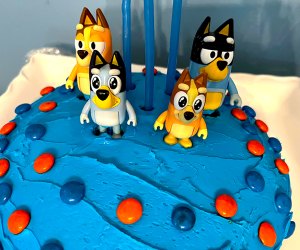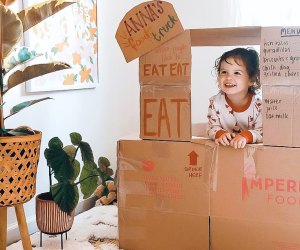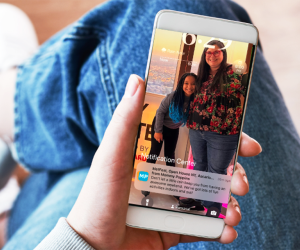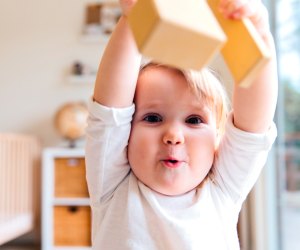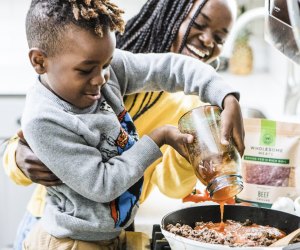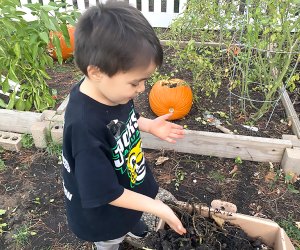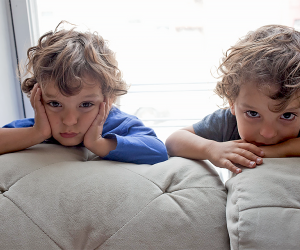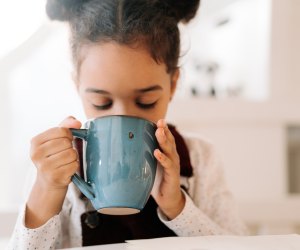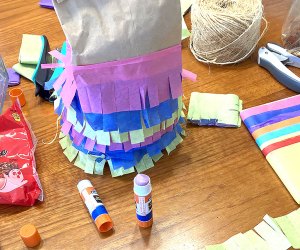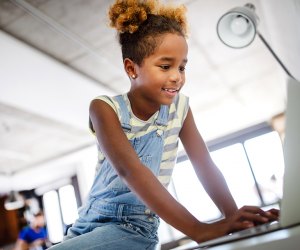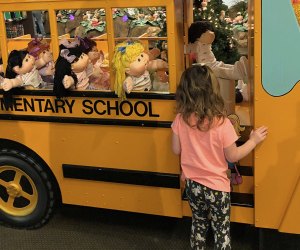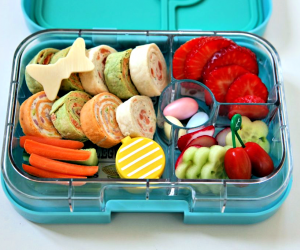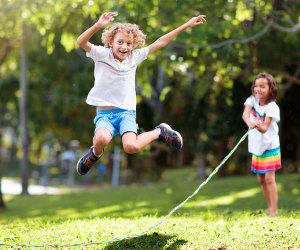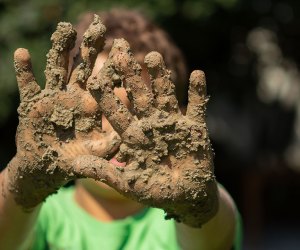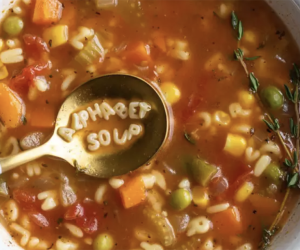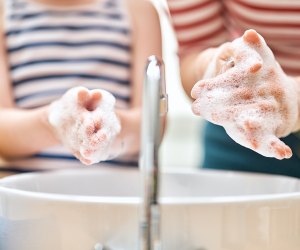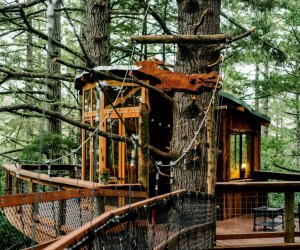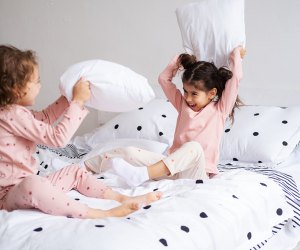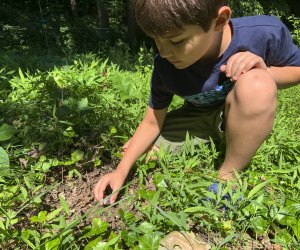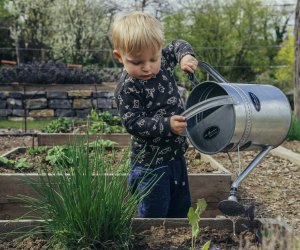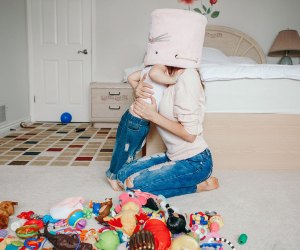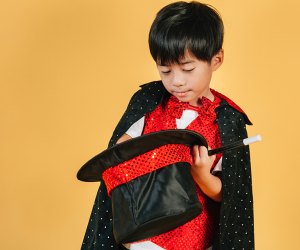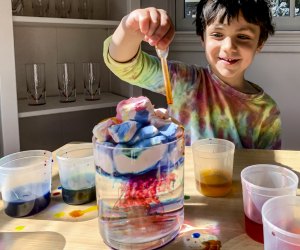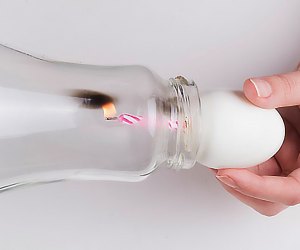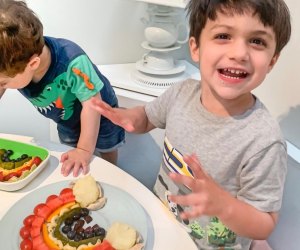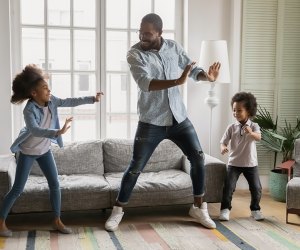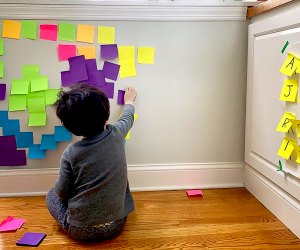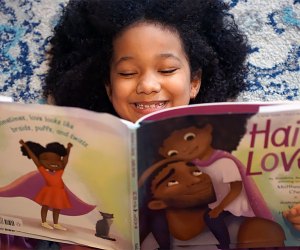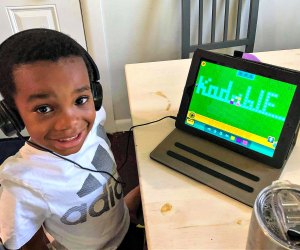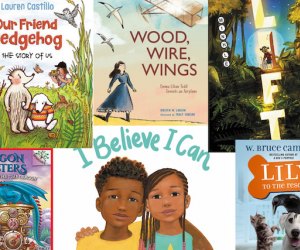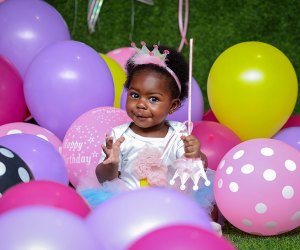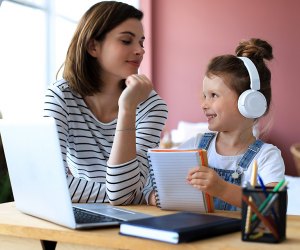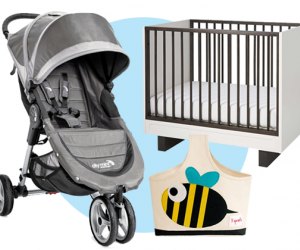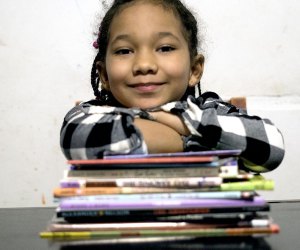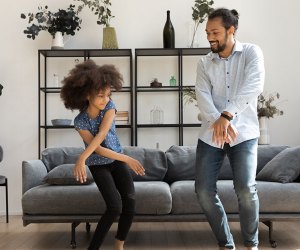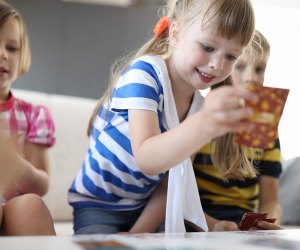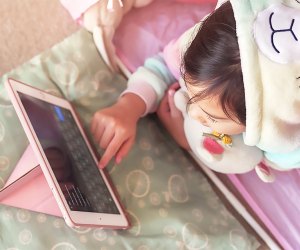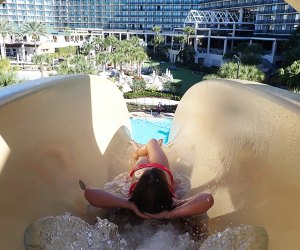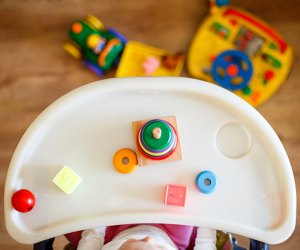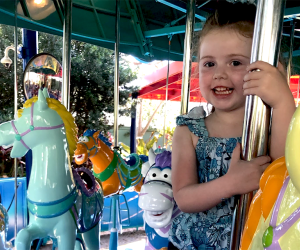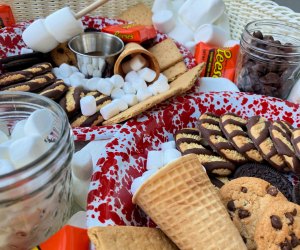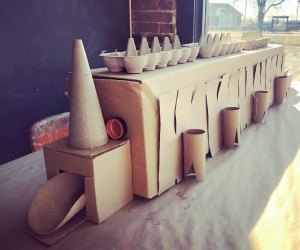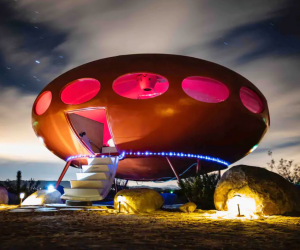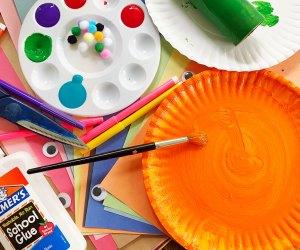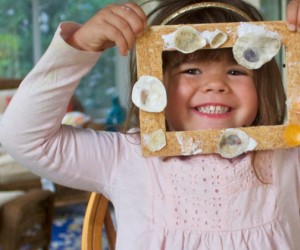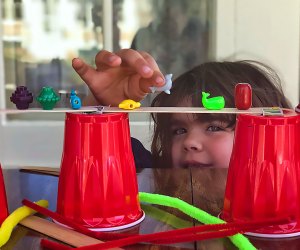Organizing Your Sensory Child - Expert Tips For Home Organization
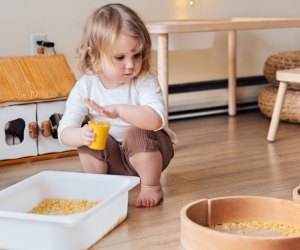
Carolyn Dalgliesh and I belong to the same club – the Parents of Kids with Sensory Processing Disorder Club. OK, it’s not actually a club, but we both know what it’s like to feel overwhelmed by trying to manage the challenges of our sensory kids’ rigid, anxious, and distracted behaviors. After each of our kids’ diagnoses, we both wanted to figure out how to cultivate moments of fun with our families and make our homes more than our sensory children's emotional unloading zones (as Carolyn so astutely puts it). While I set out to read everything I could get my hands on about sensory issues, Carolyn, a professional organizer, started coming up with her own strategies to provide support to her sensory child at home. Ten years later, she is a bit of an expert on the subject. In fact, she has written a book about it, The Sensory Child Gets Organized.
Keep reading for a whole houseful of super helpful tips from Carolyn for getting your child – with or without sensory issues – organized at home.
OUR LATEST VIDEOS
Carolyn's Room-by-Room Sensory Organizing Tips
Peaceful time at home with our young children and our families is such an important part of re-energizing and regrouping for our time outside the home. If you have a sensory child —like those with Sensory Processing Disorder, AD/HD, anxiety disorder, or other sensory-related disorders—then as a parent (and like me), you need a toolkit to deal with so much more than just homework and lunch choices. Letʼs go room-by-room to identify ways you can use structure, routines, and visual aids to support your sensory child, and your time as a family, at home.
Playroom Sensory Organizing Tips
- Active Bin - Create an active bin that gives them “safe” ways to move. Include age-appropriate activities such as big foam blocks for crashing into, a bowling set, or balancing toys.
- Sensory Zone - Have some simple sensory activities ready to go - rice or bean bins, rug remnants to explore different textures, or play dough.
- Current Fascinations - Nothing can calm and center our sensory kids like time with a current fascination, so be sure have a dedicated “current fascination” space. Bonus: Take a small portable bin with a top and create a portable fascination station that you can take on the road (i.e., if your child’s current fascination is cars, make a portable toy car bin).
Dining Room Sensory Organizing Tips
- Allow for Movement in Controlled Ways - a disk seat on the dining room chair, carpet square on the floor for a “standing” seat, or frequent trips to get up to get things needed for the meal are a few structured ways to incorporate movement.
- Games - using games at mealtime can be a great way to help sensory kids stay engaged and connected. A couple of my favorites are Dinner Games and Family Talk.
- Make a New Food Menu - to help sensory kids branch out and try new foods, make a laminated New Foods Menu with pictures and/or words of new foods. Give them a choice of the new food they try with a goal of introducing one new food every few weeks.
Bathroom Sensory Organizing Tips
- Bathroom Caddy - these are great for open, visual storage for daily routines. One section holds toothbrush and toothpaste, one section holds hair care items, and one section holds face washing items. For extra support, label with pictures and/or words.
- Visual Supports - Print out and laminate a simple morning / evening bathroom routine using pictures / words: 1) Wash Face, 2) Brush Hair, and 3) Brush Teeth.
- Make Routines Easy - Get a small row of hooks and hang it within easy reach. Hang an image above each hook to support shower and PJ time. For example: towel, pajamas, and bathrobe.
Bedroom Sensory Organizing Tips
- Step-Down Approach - For challenging transitions, try to think of a way to include a middle, softer step so the transition does not seem so overwhelming or extreme. For example, old transition of favorite TV show right to bed might be too much of a transition from a desired to undesired activity. Try to add a family game as a middle step so the transition now moves more gently from favorite TV show, to game time, to bed (this one was a life changing strategy in my house!).
- Bins on Wheels - Removing external stimuli in the bedroom at bedtime can help some sensory kids settle down faster. Having toys and books in bins allow you to move them into a closet or out of the room at night if needed.
- Sensory Sweet Spot - Invest in some special soft or tactile blankets, weighted blankets, or snug lycra bedsheets. These can help sensory kids calm their bodies and shift into a more relaxed mode.
I have found time and time again that these small supports have a huge impact on life at home with my family and my clients’ families. When you have your toolkit ready for those small, expected bumps for your young sensory child, you have a lot more time at home for the good stuff – real connections and fun.
Carolyn Dalgliesh is the founder of Systems for Sensory Kids & Simple Organizing Strategies, helping sensory families, individuals, and businesses get organized. Her book, “The Sensory Child Gets Organized” (Touchstone/Simon & Schuster, 2013), teaches parents how to tap into systems, routines, and visual aids to organize and empower their rigid, anxious, or distracted kids.





